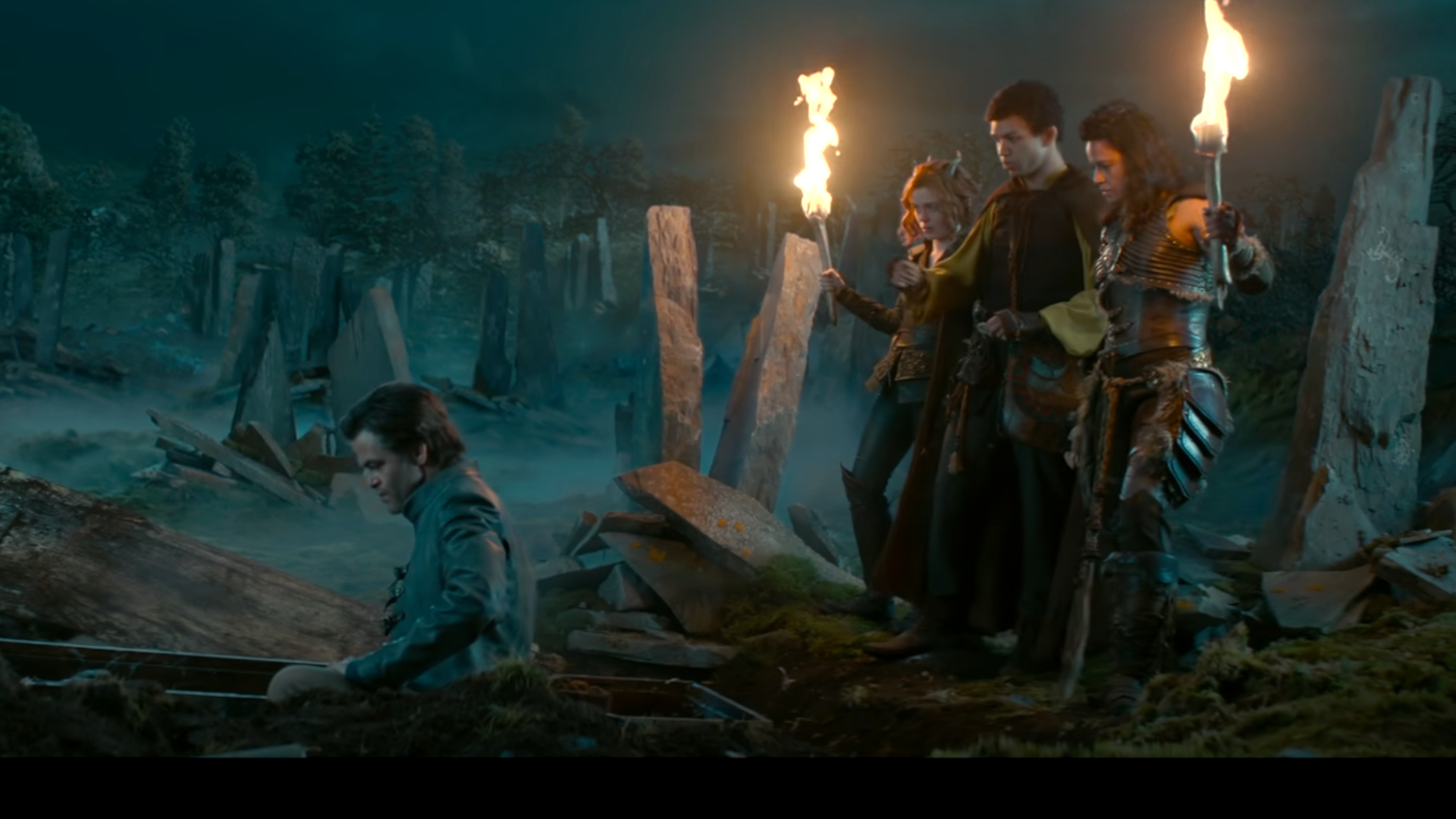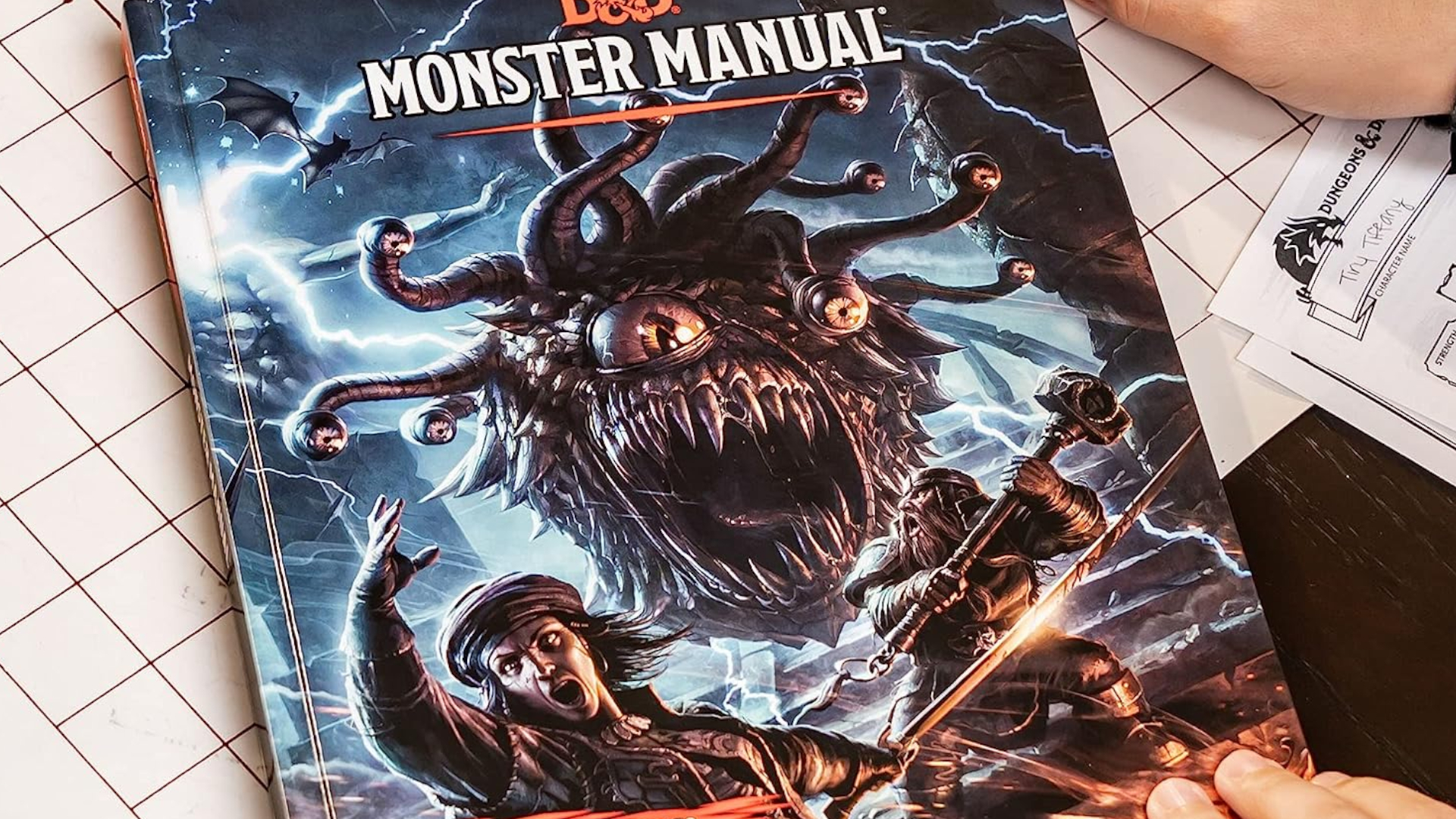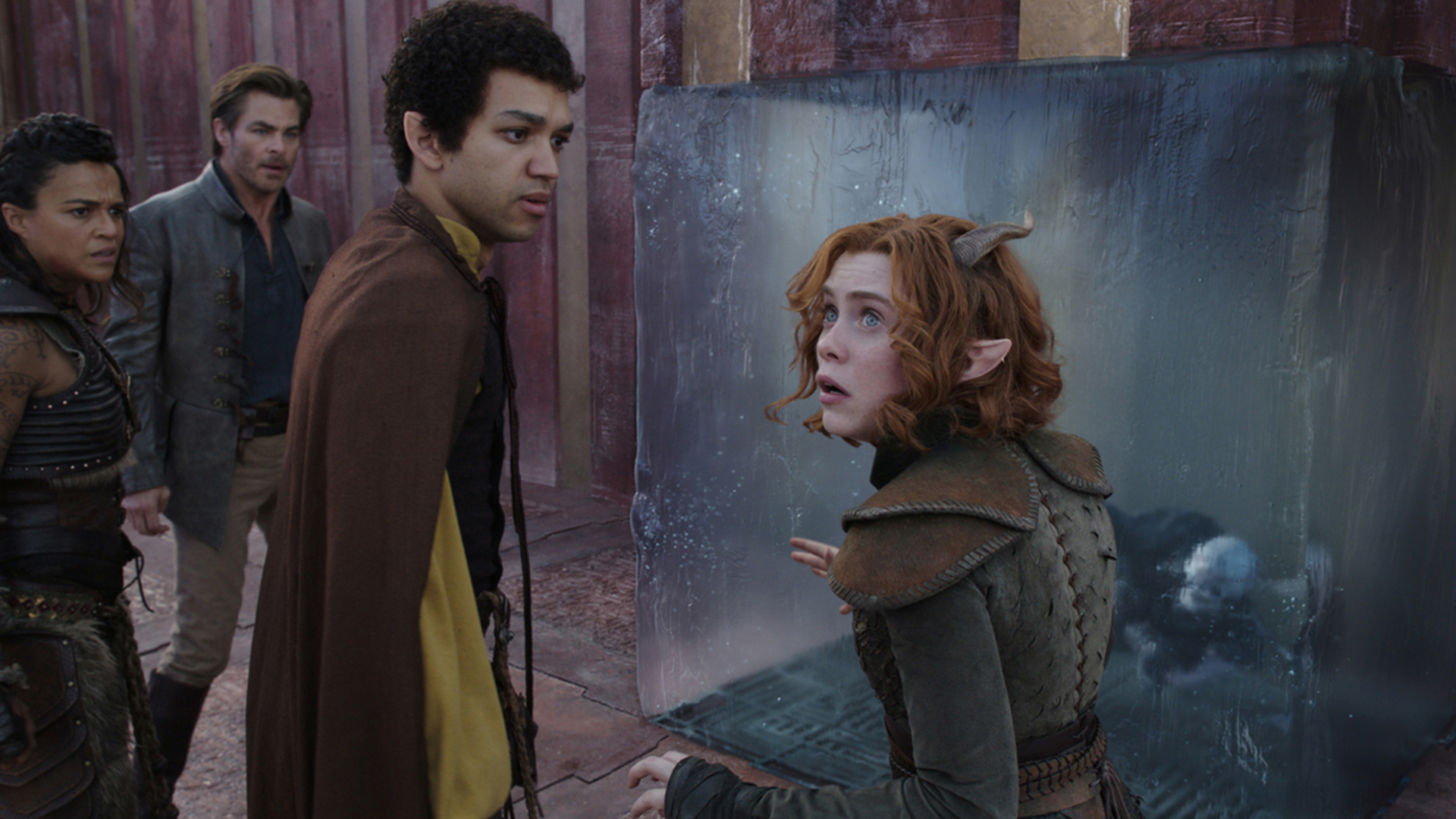
When you're bringing as well-established a world as D&D to life, expectations will be pretty high. It's one of the best tabletop RPGs, after all, and has been played by would-be adventurers around the world for around 50 years. But as it turns out, the biggest hurdle in creating Dungeons & Dragons: Honor Among Thieves was passing the grandma test.
If you fell in love with the world of D&D thanks to Honor Among Thieves, you have producer Jeremy Latcham (who used to be Senior Vice President of Production and Development at Marvel Studios) to thank - partially, at least. With any project he works on, Latcham makes sure that it's accessible enough to pass one very specific hurdle: what he calls the 'Meemaw test'.
"In the old Marvel days, there's this great story about my Meemaw and Peepaw because they became, like, a joke in the editing room - that we were making the movie for my grandparents in Oklahoma," he told me when we caught up over Zoom to discuss the film as it hits home entertainment. "If they weren't gonna understand it, [it was] never going to work for anybody… I think that's kind of the fun of these movies, of adapting material - finding a way to make it for everybody. You have to be true to the fans, but you have to make it ultimately for everybody."
Easing you in

Balancing fan-service with accessibility is something movie-makers have had to become increasingly adept at, especially in today's world of connected universes, throwbacks, and adaptations. When I talked with Latcham and the directors for Honor Among Thieves (John Francis Daley and Jonathan Goldstein), it was something all of them touched on - the need to serve longtime players whilst opening the door for everyone else. Actually, the 'Meewmaw test' influenced more than you'd think. Why weren't iconic monsters like the many-eyed Beholder featured during the movie, for example? According to Daley, it was all about easing newcomers into this universe gently.
"The aesthetic of the Beholder can be very alienating," he says. "And while it is quite common in the lore, it's one of the weirder visual monsters that you can come across in the game and I think we wanted to sort of ease the audience into this world without, you know, inundating them in a way that might turn them off."
For us, it was really about combining the fan-favorites that hadn't been seen on film and the somewhat deeper cuts that just felt fun - specific and weird opportunities to build out a scene around
Jonathan Goldstein
This has something to do with why the Red Wizards of Thay served as antagonists rather than more recognizable villains from Dungeons and Dragons books. 'Evil wizards' are a far easier concept to grasp than unspeakable cosmic horrors like Vecna, after all.
Speaking of Vecna, there was another reason to hew in a certain direction with Honor Among Thieves - a Netflix-shaped reason.
"I mean, some of the things we ruled out because they were prominent in other pop cultural things recently, like Stranger Things," says Goldstein. "We didn't want to just replicate the territory they had covered. For us, it was really about combining the fan favorites that hadn't been seen on film and the somewhat deeper cuts that just felt like fun - specific and weird opportunities to build out a scene around."

Walking this line led to some of the film's strongest moments, be it the 'Speak With Dead' spell going awry or the party's Sorcerer, Simon, failing to 'attune' with one of the movie's Macguffins. That's also where the scene with Intellect Devourers (those walking brains who decide not to chow down on the party because they're not smart enough) came from.
"One of the things I especially love that we were able to accomplish was the amount of money people let us spend on what ultimately was a dumb joke," Latcham says. "You look at the Intellect Devourer joke in the film, and the fact that, like, that is easily a million and a half dollars for that joke. By the time you actually build the set, and the visual effects, and the shooting day, and all the stuff that has to go along with it. And it's just so absurdly dumb. It's so wonderful, because it's so silly and playful. And it's a joke that you could only make in the world of a D&D movie."
"That was meant to be a dead-serious moment," Daley quips. "I'm a little bit offended."
Coordinated chaos

'Things you could only do in a D&D movie' was a guiding light for the team behind Honor Among Thieves. Indeed, it doesn't shy away from elements that work in a game but not a film. Instead, it uses them as a narrative hurdle to overcome. The ability to resurrect slain heroes is a good case in point. Knowing that characters could be 'bought back' would neutralize any sense of threat, so a Red Wizard's Blade that stops you from being revived was invented to raise the stakes.
In essence, Daley and Goldstein used what could be seen as D&D's weaknesses to their advantage. As I've pointed out before, the D&D movie embraces the game's chaos, and that's why it's a perfect adaptation - you can practically feel the Dungeon Master behind the screen, adjusting their plan as the party careen through the plot and fail at what you'd assume would be surefire wins. According to Daley, that was by design. Although he incorporated other elements from his own experience (the underground area hanging on chains was taken from a session he'd played, for instance), a bigger priority was to introduce the very D&D idea "of coming up with harebrained schemes on the fly. And when things don't go right, you kind of have to work to figure out another way that often feels improvised. And that sense of improvisation is something we definitely wanted to capture with our sequences."
You have to be true to the fans, but you have to make it ultimately for everybody
Jeremy Latcham
"It was really about having the story unfold in a way that felt as if spontaneous things were happening," Goldstein adds. "Of course, they weren't, because it's a movie, and we have to prepare everything. But capturing that feeling of uncertainty of pivoting on the part of the actors, in their characters, you know, where it didn't go the way they thought or the audience thought it would go, much like how it happens when you're playing a game of D&D. I think that was really at the heart of it."
While this is something all players of the game can recognize, it results in fun situations anyone can enjoy as things go amusingly pear-shaped. In other words? It passes the Meemaw test.
Speaking of which: yes, Meemaw loved the movie.
Dungeons & Dragons: Honor Among Thieves is available digitally now and will launch physically on July 31.
For more tabletop shenanigans, be sure to check out the best board games. If you want to start exploring dungeons or slaying dragons yourself, check out our guide on how to create your first D&D character (this feature on the best D&D class for beginners may come in handy, too).







